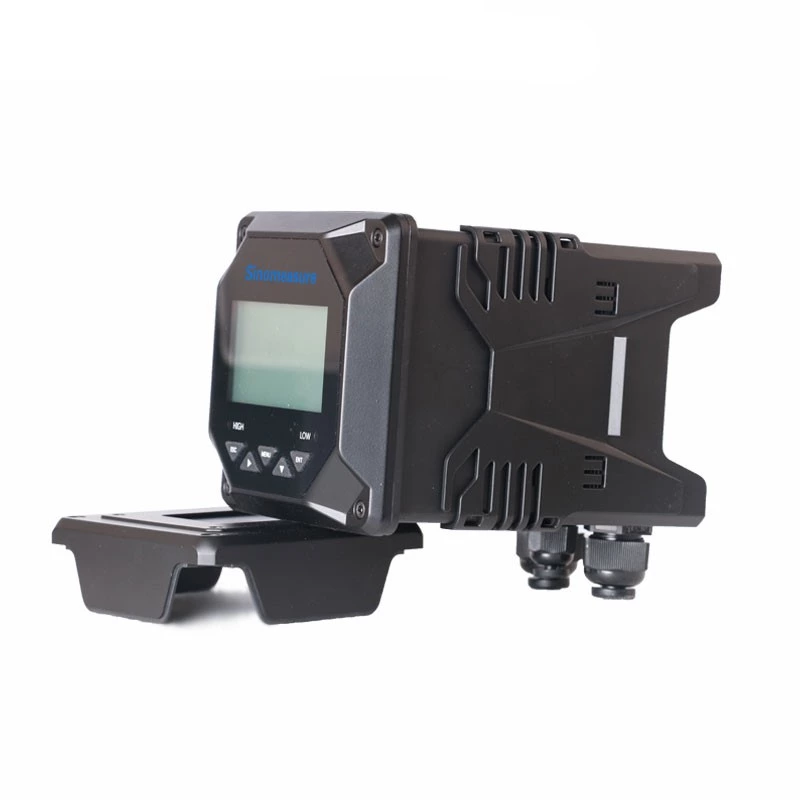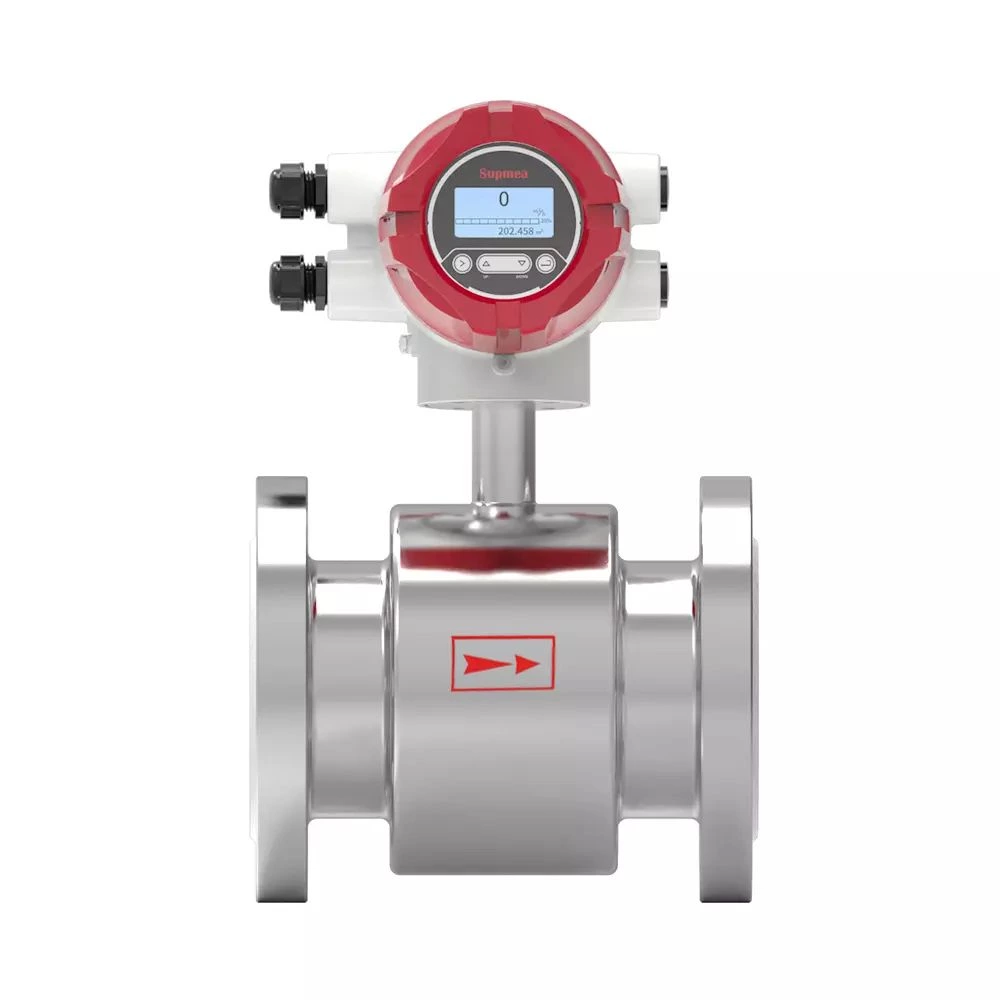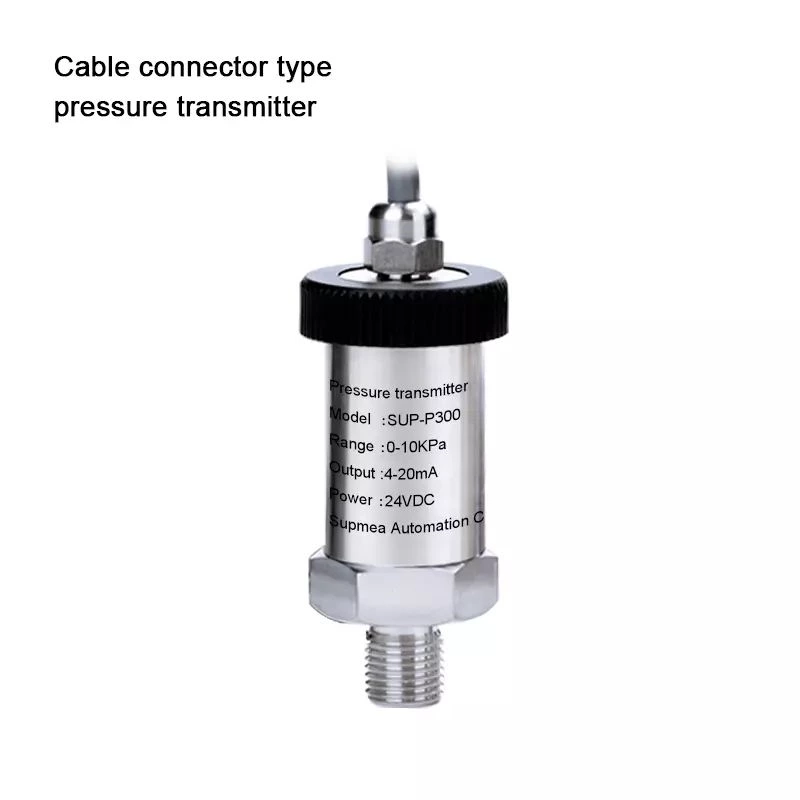Introduction
A water conductivity meter is a device used to measure the electrical conductivity of a liquid. It is most commonly used to measure the salinity of water and is essential for monitoring quality in commercial and industrial water systems. The readings can also help to determine the chemical composition of water as different substances will affect the water's conductivity. The device consists of two electrodes that measure the electrons that flow between them when a difference in electric potential is applied to the liquid. The results are then displayed on a digital readout.
Specification
| Measuring Range | 0.01 electrodes: 0.02 to 20.00 us/cm |
| 0.1 electrodes: 0.2 to 200.0 us/cm | |
| 1.0 electrodes: 2-2000 us/cm | |
| 10.0 electrodes: 20 to 20000 us/cm | |
| Accuracy | ±1%FS |
| Stability | ±1%FS/24H |
| Temperature | Compensation range: -10~130℃. NTC10K |
| Compensation | PT1000, accuracy: ±0.5℃ |
| display | 2.4 inch LCD display |
| Relay out | 2 ralay out, capacity: 250VAC,3A |
| Signal output | 4-20mA output, RS485 communication, compatible |
| with standard MODBUS-RTU | |
| Power supply | AC220±10%, 50Hz/60Hz |
| Dimensions | 96*96*96.5mm (H*W*D) |
| Hole Size | 92.5*92.5mm |






















